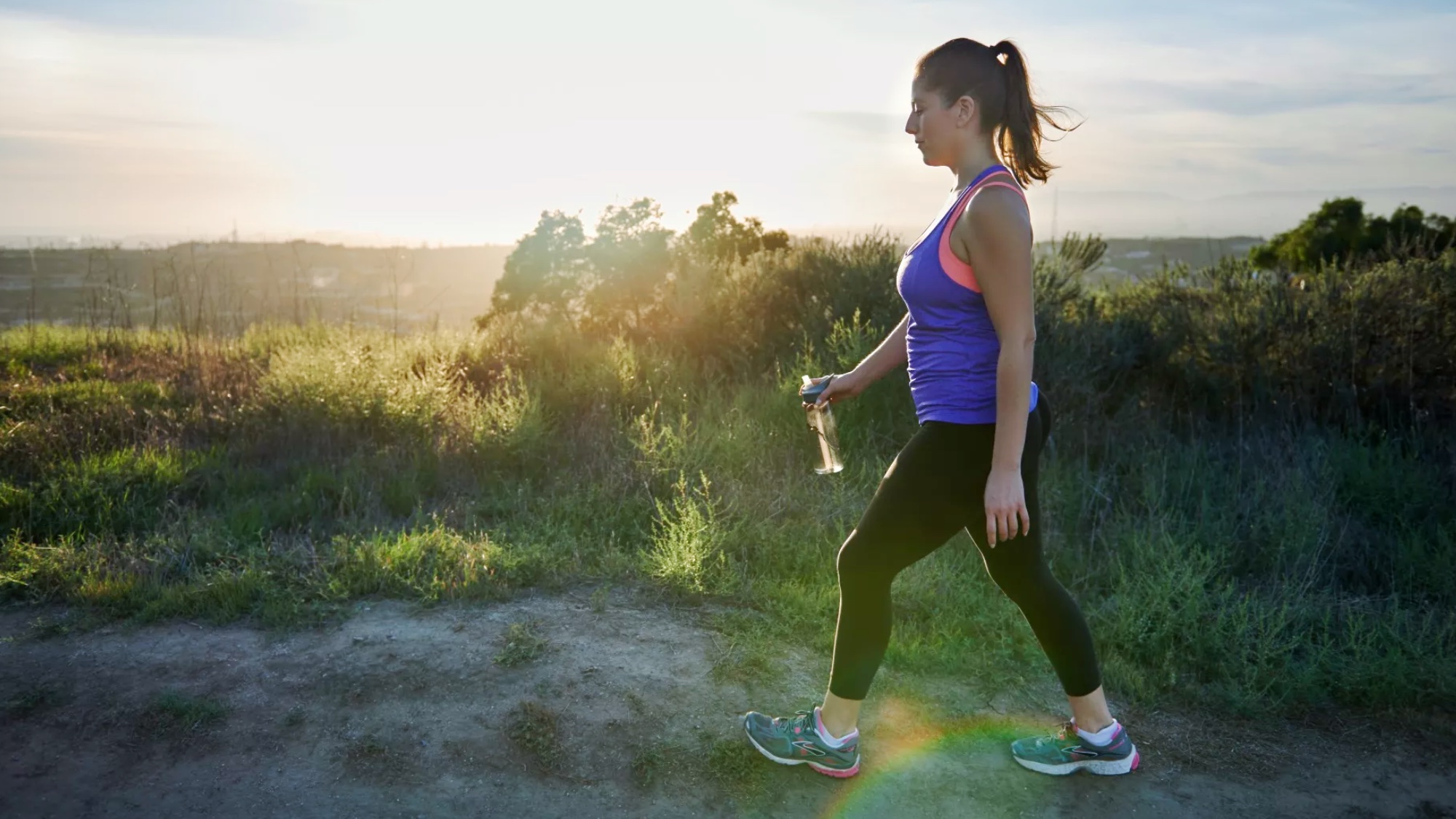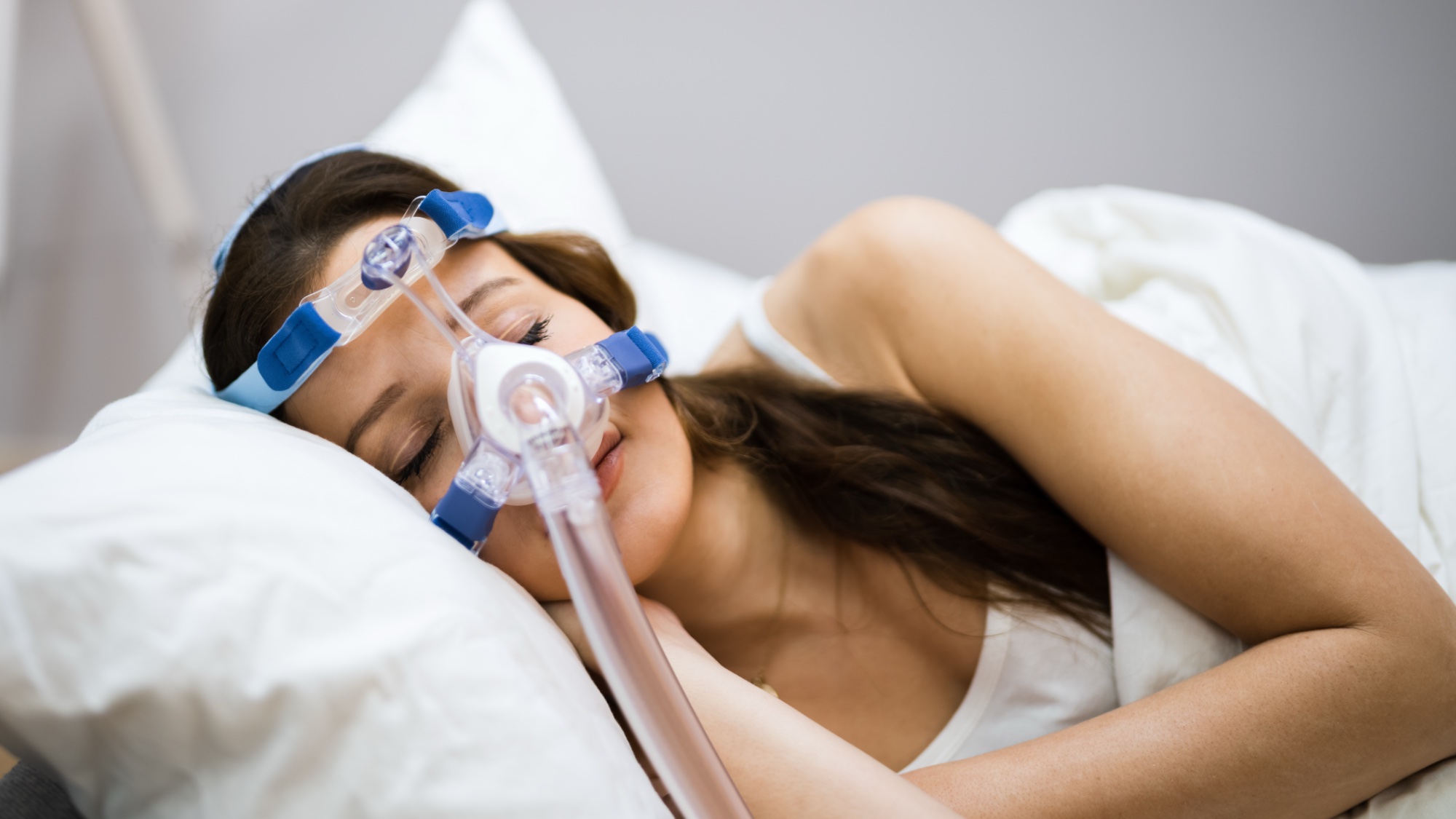This gentle form of exercise reduces your risk of sleep apnea by 10%, study says
It can also reduce your symptoms if you have already been diagnosed with Obstructive Sleep Apnea

Sleep apnea affects over 29 million Americans, with Obstructive Sleep Apnea (characterized by pauses in breathing during sleep) being the most common form. A recent study suggests that taking a daily walk can reduce your risk of sleep apnea – and reduce the severity of your OSA overall if you have already been diagnosed.
The research, published in the Journal of Clinical Sleep Medicine, utilized data from the Ontario Health Study to determine how physical activity could be used to manage symptoms of Obstructive Sleep Apnea.
The study involved a cohort of 155,448 adults aged 18 to 79 years, with researchers looking at the lifestyle, medical, socio-demographic and sleep patterns of each participant.
Key takeaways from study
- Physical activity is a preventive measure for sleep apnea
- 20 minutes of walking per day can reduce symptoms
- 31% of participants with sleep apnea reported difficulty sleeping
Nearly 7% of participants had already been diagnosed with sleep apnea. Those who were diagnosed were also more likely to lead sedentary lives compared to participants without OSA.
Comparing the activity levels between the two groups, researchers determined that even just a 20-minute daily walk or an eight-minute burst of intense exercise lowered your risks of developing sleep apnea by 10%.
However researchers also said that further specific tests are needed to investigate exactly how much exercise, and which types, are most effective when lowering OSA risk and symptom severity.

How does exercise reduce sleep apnea risk?
Sleep apnea can affect anyone. However, there are certain lifestyle factors that elevate your risk of developing it. These include obesity, smoking, and drinking alcohol. Getting regular exercise and eating healthily are key to lowering your chances of developing sleep apnea. Daily exercise can also help you to manage your symptoms if you have already been diagnosed.
Sign up to get the BEST of Tom's Guide direct to your inbox.
Get instant access to breaking news, the hottest reviews, great deals and helpful tips.
Any physical activity helps to strengthen the muscles in your upper airway and improve your cardiovascular health, both of which help reduce sleep apnea risk. Plus, exercise reduces excess fat around the throat and potentially decreases fluid accumulation in the neck.
Together, they contribute to better airway stability during sleep, thereby reducing the frequency and severity of sleep apnea episodes
3 ways to manage sleep apnea
While you can't cure sleep apnea, doctors recommend several ways to manage symptoms to improve your sleep quality. These are the three most common ways:

1. Use a sleep apnea mask
A sleep apnea mask is a device that fits over your nose and mouth and is attached via a hose to a Continuous Positive Airway Pressure (CPAP) machine. The two work together to deliver constant and steady pressurized air to keep your airways open and unobstructed, to help you breathe while you sleep.
Other expert-recommended products that alleviate sleep apnea include nasal strips or mouth guards.
2. Avoid alcohol
Alcohol can slow breathing and relax muscles in the airway, increasing the risk of blockages and sleep apnea episodes. Studies have repeatedly shown a correlation between sleep apnea and alcohol consumption.
Some people who are not necessarily diagnosed with the condition can even experience sleep apnea episodes after a night of heavy drinking. You should consider limiting your alcohol intake if sleep apnea is seriously disrupting your sleep quality.
3. Practice good sleep hygiene
Good sleep hygiene involves establishing a consistent routine where you go to sleep and wake up at the same time each day, avoid screen time before bed, and practice a calming nighttime routine. All of these help regulate your circadian rhythm, promoting deeper more restful sleep. This can allow better airway management during sleep, reducing the frequency of sleep apnea episodes.
In a more literal hygiene sense, maintaining a clean sleep environment, and ensuring your bedroom is free of dust mites and other allergens, will also promote healthy breathing through the night.

Eve is a PPA-accredited journalist with an MA in Magazine Journalism from Cardiff University. She is a Sleep Staff Writer at Tom’s Guide and has four years’ experience writing health features and news. She is particularly interested in the relationship between good sleep and overall health. At Tom’s Guide Eve is responsible for coverage and reviews of sleep tech and is our smart and cooling mattress specialist, focussing on brands such as Eight Sleep and Sleep Number. She also covers general mattress reviews, seeks out the best deals to produce tried-and-tested buyer's guides for sleep accessories and enjoys writing in-depth features about sleep health. She has been involved in rigorous testing procedures for mattress reviews in our Sleep Studio and has interviewed experts including sleep doctors and psychologists. When not covering sleep at Tom's Guide, Eve enjoys writing about health and fitness, food and culture.
